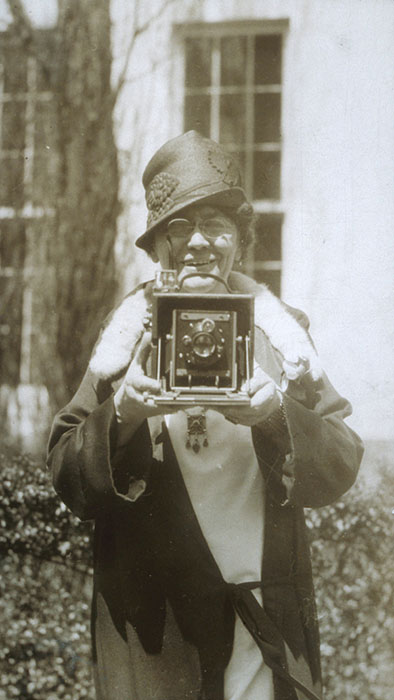History And Background
At the beginning, photojournalists took photos to go along with news stories. There might be a long, written story about a news event and one or two photos to go with it. Those photographs were very popular because they helped people really see what was going on in the news.
Soon, there were also entire stories being told mostly by the photos, with just a few sentences in-between to show the relationships among the photographs. These photo stories became very popular in magazines in the 1930s and after.

Photojournalism In Today’s World
Modern photojournalism became possible after small portable cameras were developed and became much widely available around the 2000s. These cameras were more manoeuvrable than earlier models, which could be as large as hat boxes. The smaller size allowed photographers to get closer to an event and capture it as it unfolded. The Internet, camera phones and the popularity of video sharing sites such as YouTube have changed the way photojournalism is viewed. These days the public demands sensational images and many media organizations comply in order to keep regular viewers and attract new ones.
Despite society’s insatiable appetite for sensational images, it’s important to help individual photojournalists to find a humanistic approach to picture taking. Stress the need to document real situations rather than pick certain points and sensationalize them.

